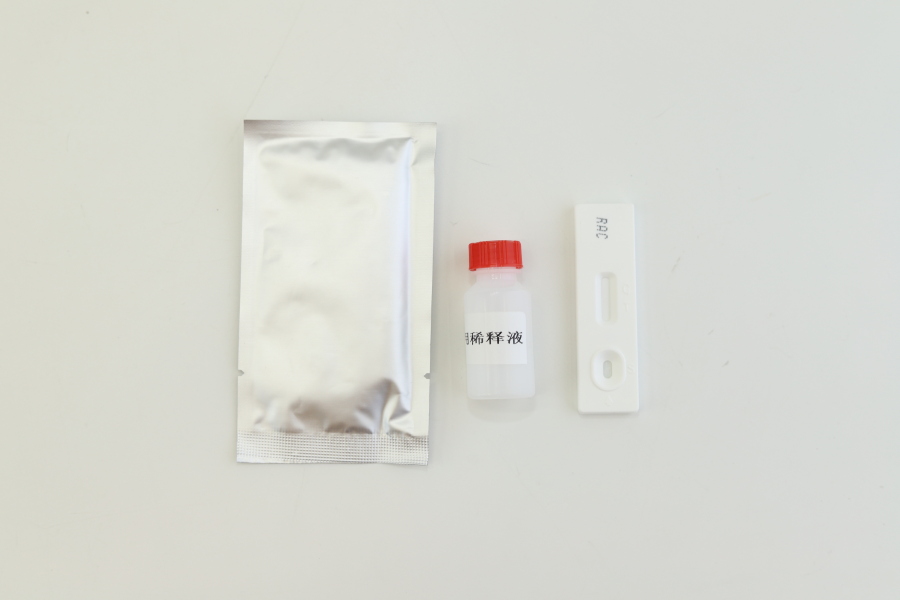
aflatoxins are a class of toxic metabolites produced by fungi, which are widely present in food and feed and pose a serious threat to human and animal health. Among them, aflatoxin B1 has attracted much attention because of its strong toxicity and carcinogenicity, while aflatoxin M1 is the metabolite of B1 in animals and is commonly found in milk and dairy products. Therefore, accurate detection of aflatoxins B1 and M1 in food is a key link to ensure food safety.
At present, there are various detection methods for aflatoxins B1 and M1, and the appropriate method can be selected according to the detection needs and conditions. Classic detection methods include thin layer chromatography (TLC), high performance liquid chromatography (HPLC), and liquid chromatography-mass spectrometry (LC-MS/MS). Thin-layer chromatography is relatively simple to operate, but its sensitivity and accuracy are limited, and it is more used for preliminary screening. High-performance liquid chromatography has high resolution and sensitivity, and is currently a commonly used quantitative detection method in laboratories. Liquid chromatography-mass spectrometry combines the separation ability of chromatography and the qualitative advantages of mass spectrometry. It has extremely high sensitivity and specificity. It is the gold standard for confirmative detection, especially for the detection of complex matrix samples.
In addition to the above instrumental analysis methods, immunoaffinity chromatography purification combined with fluorescence spectrometry is also a commonly used detection method. This method specifically adsorbs and purifies aflatoxins in samples through an immunoaffinity column, and then uses a fluorescence photometer to quantify them. The operation is more convenient and the purification effect is good. With the development of technology, rapid detection methods such as colloidal gold immunochromatography and enzyme-linked immunosorbent assay (ELISA) have been widely used in on-site rapid screening and large-scale sample initial screening due to their simple, rapid and relatively low cost. As a professional food safety rapid detection reagent manufacturer, Wuhan Yupinyan Bio is also committed to providing such fast and reliable aflatoxin B1 and M1 detection reagents to meet the detection needs in different scenarios and help the quality control of food production, processing, supervision and other links.
In order to ensure the accuracy and consistency of test results, countries have formulated strict aflatoxin detection standards. These standards clearly stipulate the testing principle, reagent materials, instruments and equipment, sample pretreatment, operation steps, result calculation and precision requirements. In our country, the relevant national standards specify the limit indicators and detection methods of aflatoxins B1 and M1 in food in detail, providing a scientific basis for the supervision of aflatoxins in food. When conducting aflatoxins testing, testing institutions and related enterprises must strictly follow national standards or relevant industry standards, select verified testing methods and reagent materials that meet the requirements, and strengthen laboratory quality control and personnel training to ensure the reliability of testing data, so as to effectively prevent food safety risks caused by aflatoxin contamination and protect public health.

